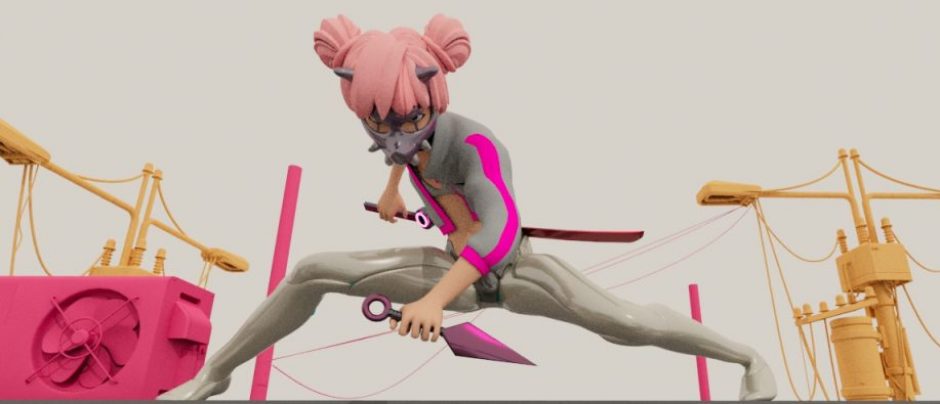This week, I will learn about the simulation of broken geometry.
In the first stage, I will start with how to make a broken cube.
Method 1
Changing the value of attribute can increase the curvature of the cube surface.

Changing the jitter scale value in Points from volume can make the sphere break more naturally.
Changing the uniform scale in the explodedview can change the spacing of the fragments.





Method 2—Use grid to make broken box

First, create a grid and add an attributenoise to the grid to make its surface curved.


Method 3— Build rbdmaterialfracture in the box

Adjusting the edge detail in the detail in the rbd can make the surface of the fragment have texture.


Turning on enable fracture in rbd will increase the number of broken stones

Change the value of primary fracture-fog volume in rbd to make the fracture appear more natural.


In the next stage, I will make simulation animation.



In dopnet, we can make a simple bouncing ball by connecting attributes such as bulletrbdSolver, groundplane, and gravity, as well as modifying values such as friction and elasticity. In the same way, connect it to the fragmented cube we made before, and we can get a dynamic simulation of the fragmentation process. (Rbdobject is only suitable for simple objects, we need to use rbdpackedobject to simulate broken boxes).
Then, I magically got this—

Changing the value in physical can control the range and strength of fragments.
I tested it with different geometry, and was pleasantly surprised to find that the simulation calculation process will change with different objects.
In the third stage, take out the small wooden house made in the first week (I found a better wooden house material from the Internet), repeat the steps that have been learned, first create a materialfracture to increase its broken texture, and then add explodeview.



Next, we will do a simulation of a small ball hitting the cabin.
First, create a sphere, Alt+clik right= set keyframes
Connect the ball with rbdmaterialfracture and sphere to rbdbulletsolver


The second simulation shows that the cabin moved with the impact of the small ball. Next, we will keep the cabin still during the collision.

